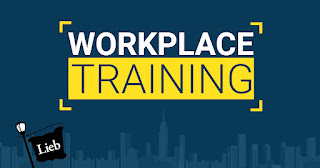Employees with irregular or extended schedules (like correctional officers, nurses, EMTs, and other shift-based workers) have a new way to calculate Family and Medical Leave Act (FMLA) entitlements per a DOL Opinion Letter, FMLA2025-02-A (Sept. 30, 2025). In summary, under the Opinion Letter, FMLA hours are based on the actual “normal workweek,” not a standardized 40-hour figure, where mandatory overtime now counts, but voluntary overtime does not. As a result, an employee’s 12 weeks of FMLA leave must reflect that employee’s schedule, not a default 40-hour standard. For example, a correctional officer working 84 hours every two weeks (12-hour shifts, mandatory overtime included) is entitled to 504 hours of FMLA leave, not 480. Employers must also deduct leave on that same basis: hours actually missed from the normally scheduled workweek. To put it simply, if an employee skips required overtime because of FMLA leave, those hours count against their entitlement. But if they skip voluntary overtime, it doesn’t.
Simply, under the Opinion Letter, DOL drew a fuzzy (and litigable) line between “mandatory” and “voluntary.” These types of fuzzy lines result in litigation where an employee will claim that they were ‘pressured’ to pick up shifts or 'strongly suggested’ to take extra hours. Rather than clarifying the rules, the DOL has created a new battleground for disputes over scheduling language and payroll records. Employers are now left to prove, retroactively, that a shift was truly voluntary. Employers with shift differentials, rotating schedules, or recurring overtime must audit how they calculate FMLA entitlement and usage. HR systems that default to a 40-hour week are officially outdated. The DOL has made it clear that if your FMLA math doesn’t match your reality, you’re violating federal law.
The bottom line is that employers, especially in public safety and healthcare, need to redefine their policies before the lawsuits hit. Audit your “mandatory” overtime definitions, verify your FMLA tracking system, and get your documentation airtight. Because after this Opinion Letter, one miscounted hour could mean an FMLA interference claim.
Don’t wait for an FMLA lawsuit to expose your timekeeping gaps.📞 Contact Lieb at Law, P.C. to audit your overtime policies, HR systems, and FMLA compliance before enforcement begins. Call Lieb at Law, P.C. 646-216-8009.
*attorney advertising









